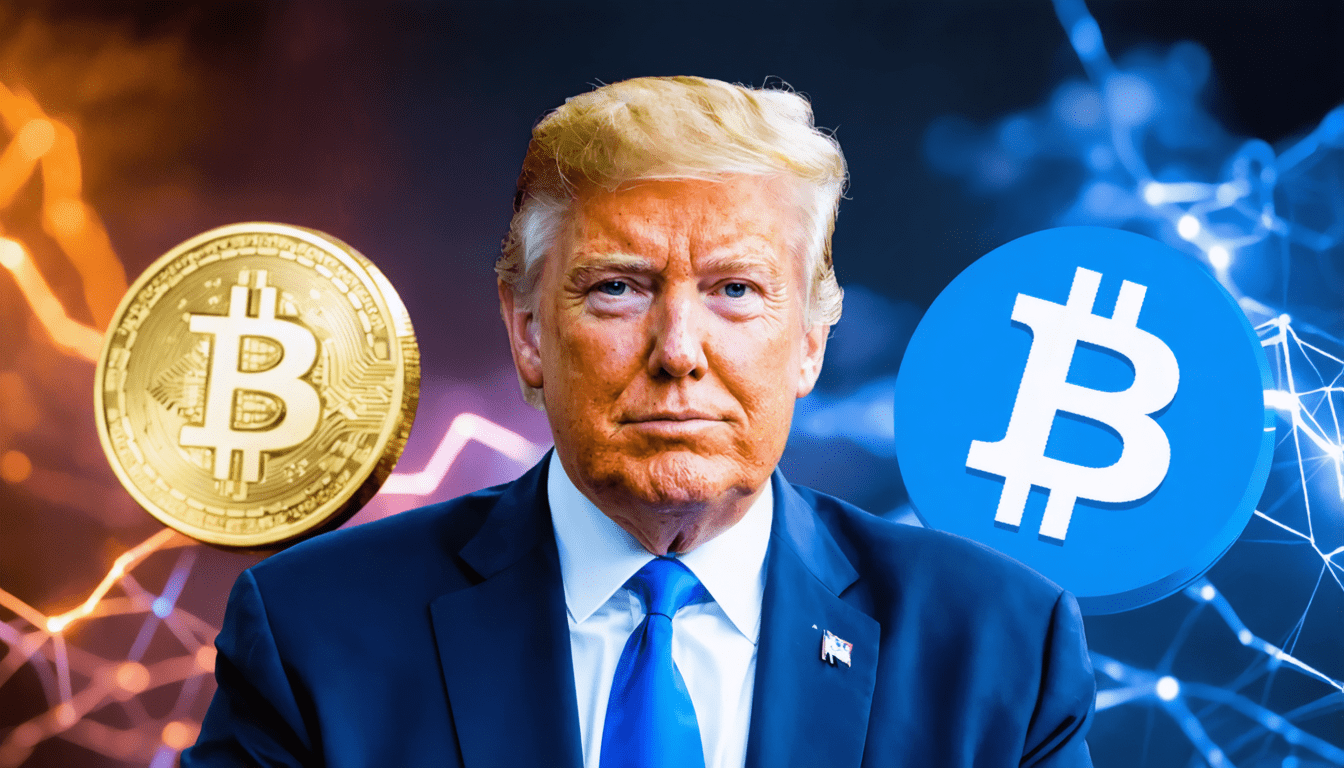The crypto space is gearing up for significant market volatility as the U.S. presidential election looms on the horizon. This pivotal event, scheduled for November 5, 2024, is generating a mix of speculation and uncertainty, particularly concerning Bitcoin and other cryptocurrencies. Analysts are on high alert, predicting potential price swings of up to 10% in either direction as market participants brace themselves for the electoral outcome.
Market Reactions and Candidate Stances
The U.S. presidential election not only holds political importance but also carries potential financial repercussions, particularly for the crypto markets. The favorability of candidates within the crypto community plays a crucial role in shaping market expectations. Currently, there is a slight leaning towards Donald Trump, known for his supportive stance on cryptocurrencies. Meanwhile, Kamala Harris has articulated intentions to establish a regulatory framework for digital assets, which introduces additional layers of complexity to market projections.
As of November 4, 2024, Bitcoin is trading near $68,600. This follows a rejection from its almost record-setting peak of $73,777 just last week. Historical data suggests that Bitcoin typically experiences an upward trend following U.S. presidential elections, as seen in 2012, 2016, and 2020. However, with the current political dynamics, only time will tell if history will repeat itself this time around.
Indicators of Volatility and Market Activity
Indicators from the options market project substantial volatility, with potential price oscillations around 8% after election day. This is significantly higher than the usual 2% daily volatility observed in crypto markets. Such predictions are heightening anticipation, underscoring the attention investors are paying to election outcomes.
A closer look at market activities reveals declining transfer volumes among Bitcoin whales leading up to the election, although a notable surge occurred near peak prices on October 29. This movement could signal imminent price corrections or reflect strategic investor positioning in anticipation of market shifts driven by electoral results.
Social media buzz is another factor to consider, with spikes in mentions of political candidates often coinciding with market rallies. Donald Trump, in particular, has dominated social volume data, highlighting the growing interconnection between political discourse and market performance.
While the immediate future may present volatility, analysts remain optimistic about Bitcoin’s long-term trajectory. If historical trends persist, Bitcoin could see another post-election rally, potentially pushing it beyond the coveted $100,000 mark. Investors are also keeping an eye on developments beyond the U.S., such as Singapore’s move towards asset tokenization and the exploration of a blockchain-based wholesale CBDC, which could have enduring impacts on the global crypto landscape.
